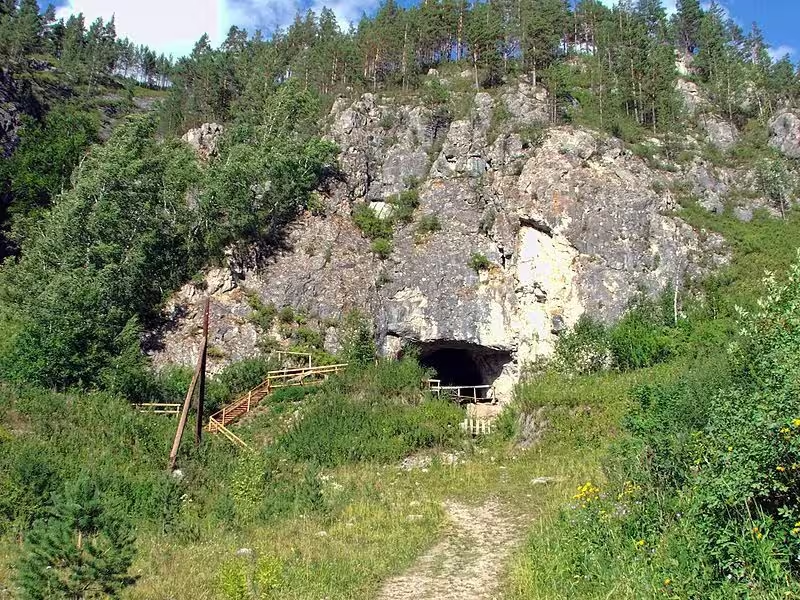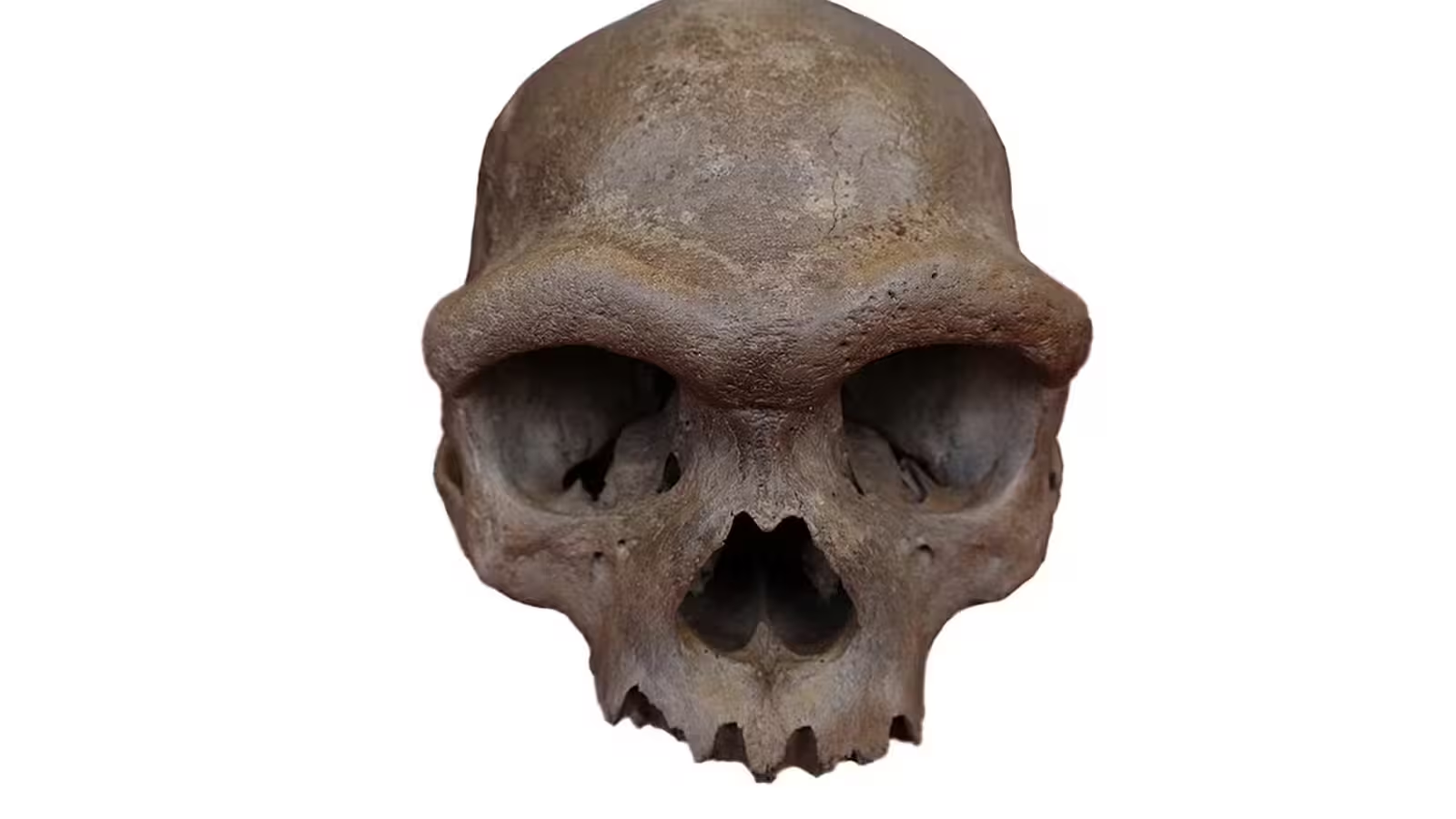8 Minutes
In a groundbreaking archaeological development, scientists have confirmed that a 146,000-year-old skull unearthed in northern China belongs to an enigmatic lineage of extinct humans closely related to modern Homo sapiens—known as the Denisovans. Popularly dubbed the 'Dragon Man' due to its discovery near the Longjiang (“Dragon River”), this remarkable fossil is rewriting our understanding of human ancestry and the complex evolution of archaic hominins.
Background: The Search for Lost Human Ancestors
For years, paleoanthropologists have worked to piece together the intricate evolutionary tree of humankind. While Homo sapiens and Neanderthals are well documented in the fossil record, certain ancient populations—like the Denisovans—have largely eluded physical discovery. The Denisovan lineage was first inferred in 2010, when geneticist Qiaomei Fu and her colleagues analyzed DNA from a small finger bone found in Denisova Cave in Siberia. This evidence revealed a previously unknown population of archaic humans, but for over a decade, only fragmentary remains were available, leaving many questions about Denisovan anatomy, migration, and relationship to other Homo species.
The Discovery of Dragon Man: Rediscovering the Denisovans
The Dragon Man skull, scientifically referred to as Homo longi, was discovered in northeastern China and immediately drew attention for its unique combination of archaic and modern features. The skull’s robust facial bones, massive brow ridges, and large cranial capacity set it apart from other hominins previously known in East Asia. Originally, some researchers postulated that this skull might represent a distinct human species—Homo longi. However, ongoing genetic and protein analyses have provided compelling evidence that Dragon Man is, in fact, a Denisovan.
Dr. Qiaomei Fu, who played a critical role in identifying the original Denisovan genome, led recent efforts to extract biological material from the Dragon Man skull. She and her team initially targeted the petrous portion of the temporal bone, a known ‘safe haven’ for ancient DNA even in fossils as old as 146,000 years. Despite the challenging preservation, innovative protein analysis techniques enabled Fu’s team to profile 95 proteins from the skull, four of which are different among various hominin lineages. Three matched the known Denisovan profile, providing a striking genetic tie.
Scientific Techniques Bridging Past and Present
Given the fossil’s extreme antiquity, intact DNA extraction is notoriously difficult. While some traces of biological material are often preserved in dense cranial bones, much of the DNA degrades over tens of thousands of years. As a result, researchers are turning increasingly to paleoproteomics—the study of ancient proteins—which can survive longer than DNA due to their robust molecular structures. The Dragon Man specimen became a test case for these advanced methods. Analysis of bone proteins, including collagen, can yield vital clues about lineage and evolutionary relationships, as proteins mutate over generations in lineage-specific patterns.
In a bold additional step, Fu’s team sampled the dental plaque from the only tooth remaining in the skull. Dental tartar can occasionally protect traces of host DNA. While usually dominated by bacterial sequences, the team detected a minute amount of ancient human DNA. This DNA displayed 27 gene variants matching only those seen in the seven previously sequenced Denisovan individuals, and absent from any modern human contaminants—a compelling genetic bond, according to Fu's published results in the prestigious journals "Science" and "Cell."

Expert Commentary and Emerging Debates
While this landmark discovery has drawn widespread acclaim, the methods and conclusions have generated academic debate. Paleoanthropologist Xijun Ni, who initially classified the specimen as Homo longi, flagged the persistent risk of sample contamination—particularly as the skull has been handled extensively by researchers. Fu acknowledged that some material on the specimen was modern, but maintained that the analyzed sequences were distinctly ancient, bearing hallmark Denisovan genetic markers not present in contemporary populations.
Beyond genetic validation, this announcement has reignited a longstanding debate in paleoanthropology: how should we classify these archaic humans? Since Denisovans lack a formal species designation in the scientific canon—while Homo longi now does—there are calls from some circles to unite all Denisovan fossils under this new species label. Others, including renowned geneticist Svante Pääbo, caution against rapid taxonomic reassignment, emphasizing the complex web of interbreeding among Neanderthals, Denisovans, and early Homo sapiens. Pääbo suggests a more flexible approach—considering these forms as closely-related groups, all falling under the broader umbrella of Homo sapiens due to their demonstrated capacity for interbreeding and viable offspring.
Implications for Human Evolution and Genetic Heritage
The Dragon Man skull is more than an extraordinary fossil; it provides vital evidence for the distribution and adaptation of Denisovans across Ice Age Eurasia. Unlike prior Denisovan finds—limited to isolated teeth, jaw fragments, or finger bones—this nearly intact skull allows comparative anatomical studies, illuminating the morphological spectrum of early humans. By contextualizing Dragon Man with other Pleistocene fossils and genetic evidence, researchers can address major questions: How did Denisovans spread across Asia? What were their interactions like with Neanderthals and early modern humans? What adaptations fueled their survival in diverse, often harsh environments?
Recent discoveries suggest widespread interbreeding between Denisovans, Neanderthals, and Homo sapiens. Genetic analyses show Denisovan DNA remains present in many modern human populations, especially among Indigenous groups in Asia, Oceania, and the Pacific. Key inherited traits—including resistance to high altitudes and certain immune responses—reflect beneficial Denisovan genetic contributions.
New Technologies Reshaping Paleogenetics
Advances in ancient DNA sequencing and paleoproteomics are revolutionizing our ability to probe ancient mysteries. Beyond the standard nuclear and mitochondrial DNA, scientists are confidently extracting and interpreting protein fragments, revealing evolutionary secrets previously locked away. In 2019, researchers harnessed techniques like DNA hypermethylation to reconstruct Denisovan skeletal morphology, opening new avenues for understanding extinct species’ physiology and adaptation. The Dragon Man find stands as a testament to these technological frontiers, offering researchers a wealth of data for reconstructing the human family tree.
Challenges, Nomenclature, and the Future of Human Origins Research
The global scientific community continues refining its understanding of species boundaries, genetic admixture, and evolution’s dynamic pace. The case of Dragon Man highlights the nuanced relationship between genetics, morphology, and taxonomy—especially as more fossils come to light and analytical technologies improve. The debate over whether to formally merge Denisovans and Homo longi, or maintain separate categories, is emblematic of these modern dilemmas.
What remains clear is that Denisovans, like Neanderthals, cannot be viewed solely as an 'other' or evolutionary dead end. Instead, they are integral members of the ancient human tapestry—contributors to our biology and dispersal story. As discoveries like Dragon Man bring long-lost relatives into sharper focus, they challenge researchers to revise long-held assumptions about migration, adaptation, and even what it fundamentally means to be human.
Conclusion
The identification of the Dragon Man skull as a Denisovan represents a milestone in paleoanthropology and human evolutionary research. This ancient fossil bridges a crucial gap in the record, linking genetic signals with tangible morphology and connecting today’s people to one of our most mysterious ancestors. While debates over classification and analysis methods will continue, the Dragon Man discovery deepens our appreciation for the complexity of human evolution, the shared genetic heritage that unites modern populations, and the scientific innovations driving discovery in the 21st century. Ongoing research promises to illuminate further the enigmatic world of archaic humans—and, ultimately, ourselves.



Comments